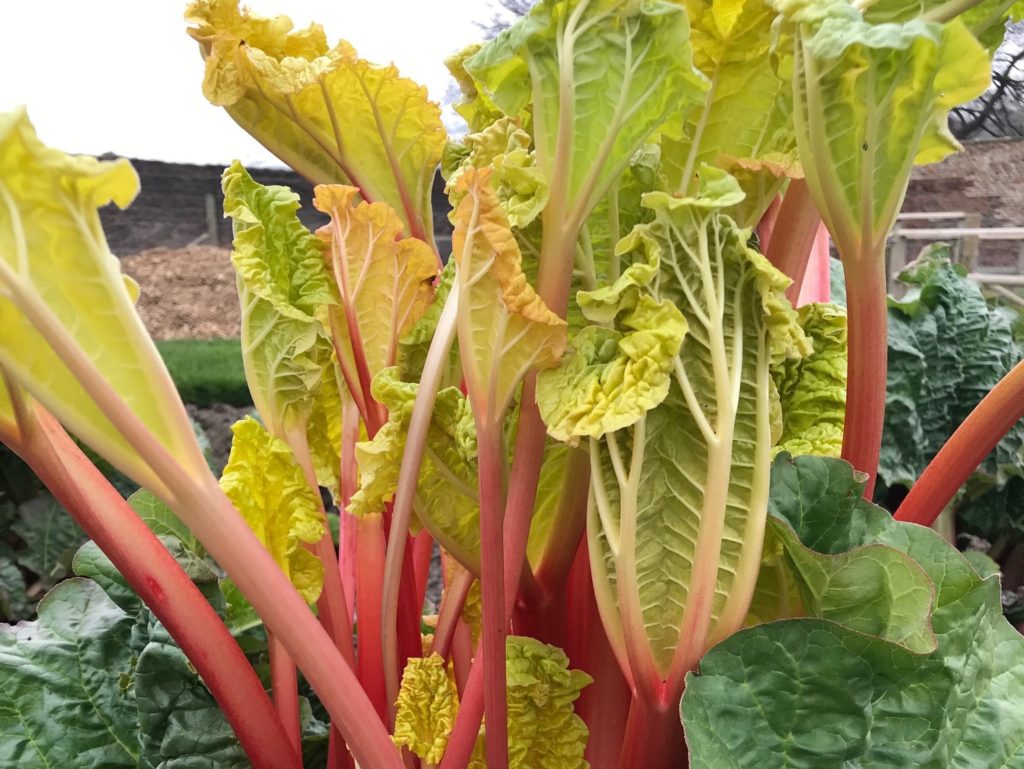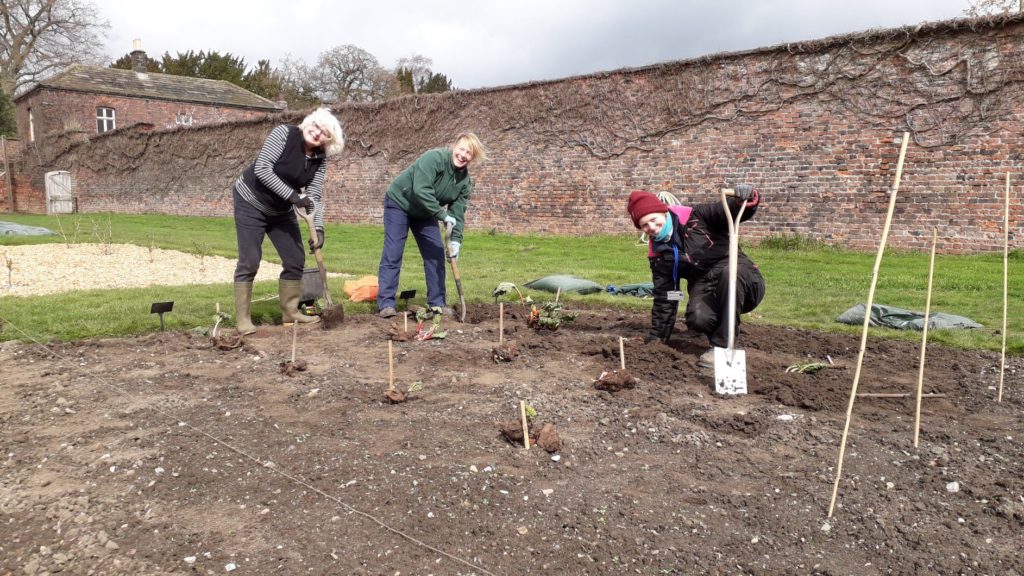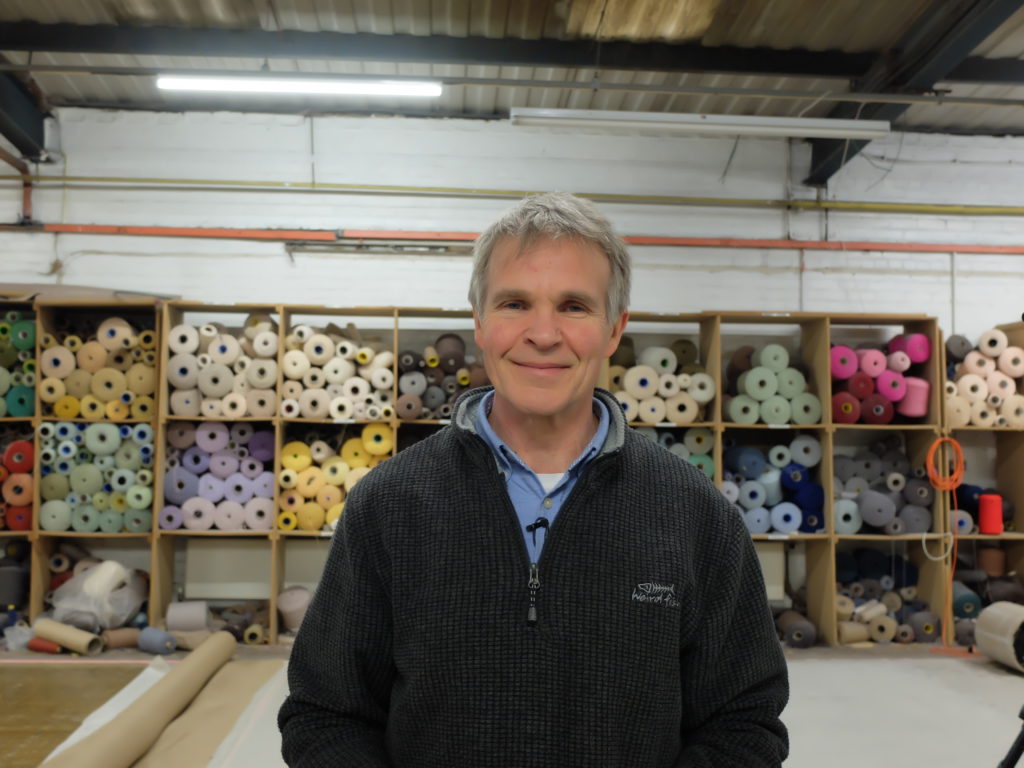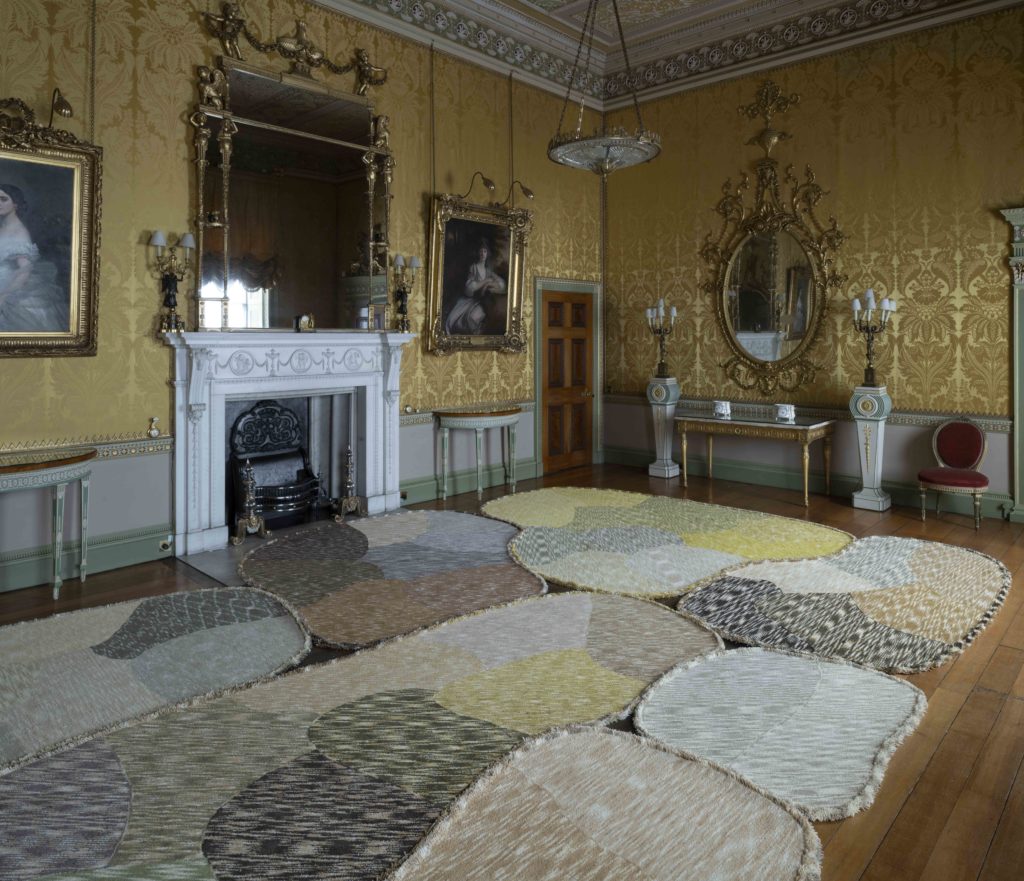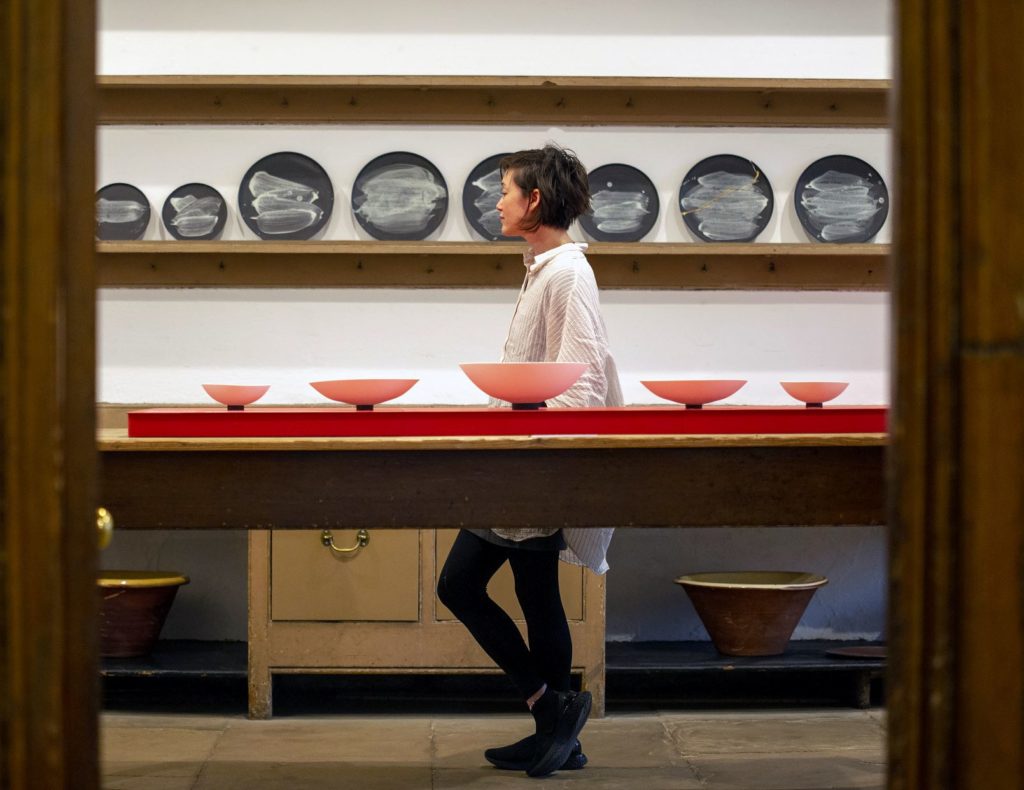 Ever wanted to try your hand at weaving, or get the opportunity to have a go at blacksmithing for yourself…?
Ever wanted to try your hand at weaving, or get the opportunity to have a go at blacksmithing for yourself…?
Over the past few years, Harewood has been gradually establishing its workshop programme, working with exceptional individuals who are leaders in their fields, to create some really interesting and one-off workshops here at Harewood.
From yoga on the Terrace last year, to a full programme of events this spring and summer that complement Useful/Beautiful: Why Craft Matters, the general theme in the House and across the whole site.
Our workshops are tailored to small groups, are not readily available anywhere else in the vicinity and are enhanced by access to behind the scenes in the House and the new exhibition. And there are refreshments, often lunch. This season the workshops are led by artists and makers from Useful/Beautiful.
PAPER SCULPTING WITH ANDY SINGLETON – 11 May
Wakefield-based paper artist Andy Singleton is acclaimed for his paper sculptures, two of which can be seen hanging in the Library. Participants will explore the potential of paper cutting and get to create their own unique sculptural forms.
FRAME WEAVING WORKSHOP FROM WASTE WITH MARIA SIGMA – 18 May
Driven by a ‘zero waste’ approach to textile design, Maria Sigma has become a rising star in the world of weaving. Take your discarded but still loved textiles, including t-shirts and pillow cases, and make them into something new…
WORKING WITH FINE BONE CHINA: A WORKSHOP WITH REIKO KANEKO – 1 June
Reiko Kaneko was born and raised in Japan, and the cultural heritage of her upbringing plays a formative part in her ceramics. Join Reiko for an introduction to the whole process of making, decorating and glazing fine bone china.
INTRODUCTION TO BLACKSMITHING WITH LESZEK SIKON – 8 June, 2 workshops
The perfect Father’s Day gift – an exclusive opportunity to work with artisan blacksmith Leszek Sikon for an introduction to blacksmithing, learning basic blacksmithing techniques, making a bottle opener, key leaf chain or Viking style utility knife.
CAST GLASS JEWELLERY WITH EFFIE BURNS – 14 July
Effie creates miniature landscapes of glass objects cast from vegetables. Join Whitby-based artist Effie for an intimate workshop to learn the craft of cast glass jewellery making. This workshop gives a rare chance to work in miniature and create your own cast glass jewellery.
CREATIVE PLAY: UNLIMITED SOURCE OF NEW IDEAS WITH JULI BOLANOS-DURMAN – 21 July
Join vibrant artist Juli Bolaños-Durman for an innovative and creative day, exploring play and its links to creativity. Costa Rican-born, Edinburgh-based Juli works with found glass and other objects, playfully creating fascinating characters and pieces.
USEFUL/BEAUTIFUL TWILIGHT TOURS
18 April / 9 May / 13 June / 18 July
6.30-8.30pm
Join us for an exclusive out of hours tour of Harewood’s acclaimed new exhibition, Useful/Beautiful: Why Craft Matters.
Full details of the programme of events and workshops can be found on biennial.harewood.org

